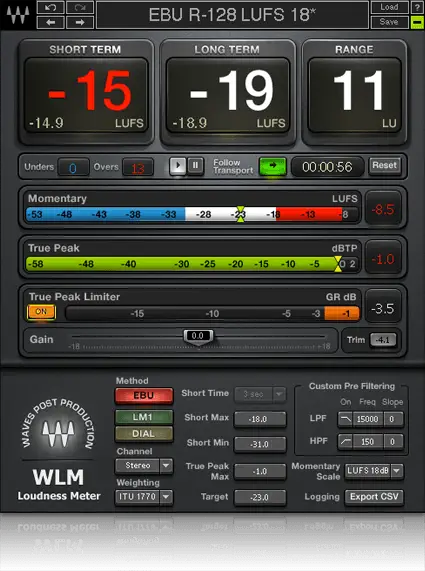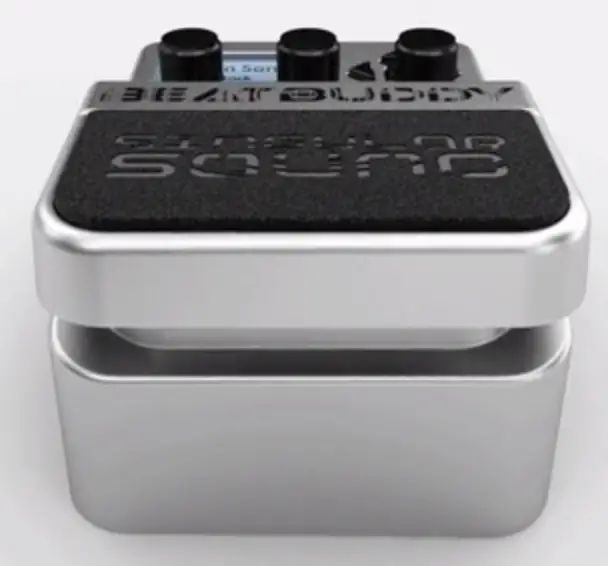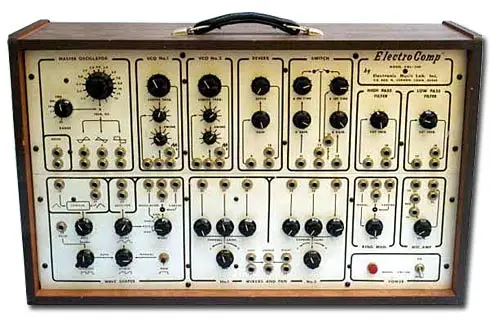This article was first published in 2011 and as such a lot of the resources are either no longer available or have not been updated. We will endeavour to provide some newer resources in due course. If you have any suggestions, please do get in touch.
Circuit bending. It sounds really cool and just a tiny bit dangerous. It will certainly void your warranty, but that’s OK because it’s often done on old electronics equipment that would otherwise probably end up on the scrap heap.
That’s what I assumed about circuit bending. I realised that I loved synths, but I didn’t really know anything about this mystical art — taking apart machines and extracting sounds from them you might never have thought possible.
So, here’s my first journey into the world of circuit bending. I might not actually be ready to do any hardware mods just yet, but at least I might get a better understanding of what I’d need to do.
What is Circuit Bending? | Who Does Circuit Bending? | Circuit Bending Festivals | Circuit Bending Sites and Blogs | Circuit Bending Books | Circuit Bending Forums
What is Circuit Bending?
Wikipedia says that circuit bending is:
the creative customization of the circuits within electronic devices such as low voltage, battery-powered guitar effects, children’s toys and small digital synthesizers to create new musical or visual instruments and sound generators.
Emphasizing spontaneity and randomness, the techniques of circuit bending have been commonly associated with noise music, though many more conventional contemporary musicians and musical groups have been known to experiment with “bent” instruments. Circuit bending usually involves dismantling the machine and adding components such as switches and potentiometers that alter the circuit.
So it seems there isn’t much limit to what can be circuit bent, other than the objects are usually fairly cheap and simple electronic objects, some of which might already make a standard set of noises (toys, synths) or alter audio (effects pedals) in some way.
And it sounds dangerous, a thought backed up by another statement in the Wikipedia article:
Haphazard shorting out of electronic items will almost inevitably at some time lead to the destruction of the circuit being prodded about. Worse still, it could present risk of fire, burning or electrocution.
Presumably, therefore, it’s best not to muck around with high voltage or mains-connected gear unless you really know what you’re doing (or you have some perverse love of electrocution). The risks and potential injuries are likely to be lower when running low powered battery-operated devices.
As the process “has been developed largely by individuals with next to no formalised training in electronic theory and circuit design” it seems the skills required are the ability to open up gadgets, access their circuit boards, connect locations with jumper wires or solder them together, and possibly add other components such as buttons, switches, resistors, capacitors, potentiometers, photoresistors and pressure sensors, in order to control the audio output in some way.
Apart from the electrical risks, then, it seems like something anyone could get into reasonably easily and at low financial cost (unless they want to blow up a Yamaha Tyros, perhaps).
Before beginning to do circuit bending, a person should learn the basic risk factors about working with electrical and electronic products, including how to identify capacitors (which can give a person a serious shock due to the electrical charge that they store), and how to avoid risks with AC power. For safety reasons, a circuit bender should have a few basic electronics tools, such as a multimeter (an electronic testing device which measures voltage, resistance and other factors). It is advised that beginner circuit benders should never “bend” any device that gets its power from mains electricity (household AC power), as this would carry a serious risk of electrocution.
Resources
- Q. R. Ghazala short article: What is Circuit-Bending, Anti-Theory and Clear-Illogic?
- Anti-Theory.com: Circuit-Bending
- OddMusic.com:
- Oscillateur.com: Circuit Bending FAQ
- Circuit Bending at XCOM 2002: Circuit Bending Tips
- Electronic Musician: Circuit-Bend Electronic Toys Into Sonic Monsters!
Who Does Circuit Bending?
- Casperelectronics: Peter Edwards
- Bill T Miller
- Cementimental
Circuit Bending Festivals
Bent Festival
The Bent Festival is an annual art and music festival celebrating DIY electronics, hardware hacking, and circuit bending. Each year we invite artists from across the country and around the globe to perform music with their home-made or circuit bent instruments, teach workshops to adults and children alike, create beautiful art installations and to generally come together, face to face, and showcase the state of the art in DIY electronics and circuit bending culture.
Circuit Bending Sites and Blogs
Absurdity.biz
A range of old and new resources including circuit bending techniques.
Check out the Bent Festival DVDs and the Bentrument Gallery.
spunkytoofers.com
“spunkytoofers is the circuit bending dada bunny. spunky currently lives in the forests of uzbekistan and enjoys candlelit dinners and walks by the beach.”
CEO Bend-O-Rama
“We formed after a circuit-bending workshop held in Copenhagen in May 2007 and arranged by AUX and LAB. The workshop was led by Knut Aufermann and Sarah Washington. The group was christened CEO (Copenhagen Electronic Orchestra) – Bend-O-Rama at the workshop. We are now a four to six person group.”
GetLoFi.com
“Circuit Bending tips and resources for Beginners and Pros alike.”
TechDweeb.com
An interesting collection of circuit-bent gadgets with stories, photos, hints and tips.
F7Sound.com
“Do you love the sounds of insane glitches, digital hiccups, circuit overloads, stuttering sample loops, and extreme distortion? Do you enjoy taking things apart?”
MysteryCircuits.com
A substantial resource featuring a number of keyboards, toys and other equipment modified over the past decade.
SailorMouth.org
Circuit-bending videos, resources and more.
Bent or Die?
Kaseo’s Circuit Bending Gallery (JPN).
BurnKit2600
Band heavily into circuit bending old games consoles, analogue synthesisers and other gear.
MachineNoise
“Machinenoise showcases works by artists replicating an art-form pioneered by Reed Ghazala around 1966. This art-form is called circuit bending: the process of manipulating circuits of a sound device to make strange, alien-like sounds.
We also cater to Power Noise, Heavy Electronic and Industrial music.”
noystoise
Circuit bending blog.
Legoluft.de
A well-categorised site featuring information and recordings for Yamaha, Casio and miscellaneous keyboards and drum machines.
Circuit Bending Companies
Though circuit bending could be argued to be a personal pursuit, there are companies who will sell circuit-bent instruments.
CircuitBenders.co.uk
“Circuitbenders.co.uk was launched back in 2001 after a chance accident with an old Speak & Spell machine and a soldering iron opened up new realms of sonic destruction and audio carnage for circuitbenders founder Paul Norris. This site was the first website in the UK offering circuitbent machines for sale, alongside a wide range of custom modifications and upgrades for electronic toys, drum machines, synths and samplers.”
Plenty of Akai, Casio, Korg, Roland and Yamaha gear can be bent to order.
Circuit Bending Books
Circuit Bending Forums
Experimentalists Anonymous
A forum for discussing circuit bending in great depth, including modular synths and DIY instruments, effects and general DIY.
If you have any resources or links you’d like to share, please leave a comment below. I’ll update the article as required.





2 thoughts on “Circuit Bending: A Basic Guide and Resource List”
Hi peeps,
Back in the 1960’s I got some nice effects (oscillations etc) out of a kit phaser, I built from Practical Electronics Magazine. I also wrote an article about the experiments for an electronics club I was in back then. I have a Yamaha pss-460 keyboard and a Yamaha psr-e213 Mdi Keyboard. I would like to bend the pss-460 and also use it to fatten the sound of th psr-e213. Has anyone here done this kind of thing with these or similar keyboards ? I would like to exchange ideas. Thanks
Dave